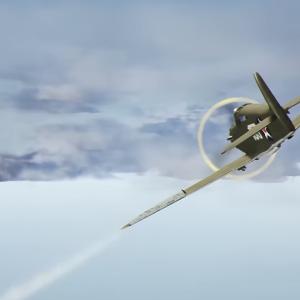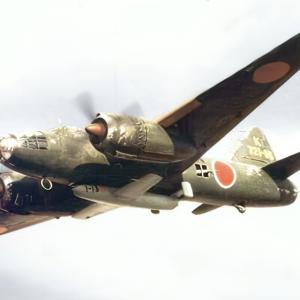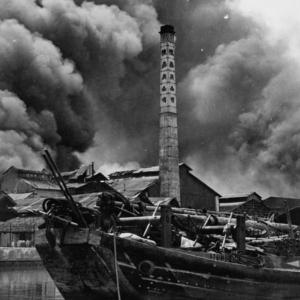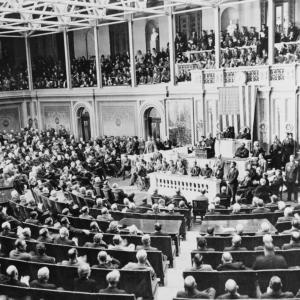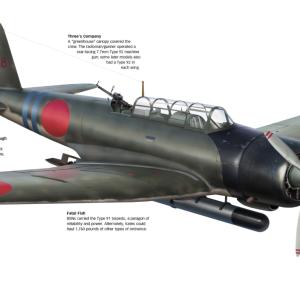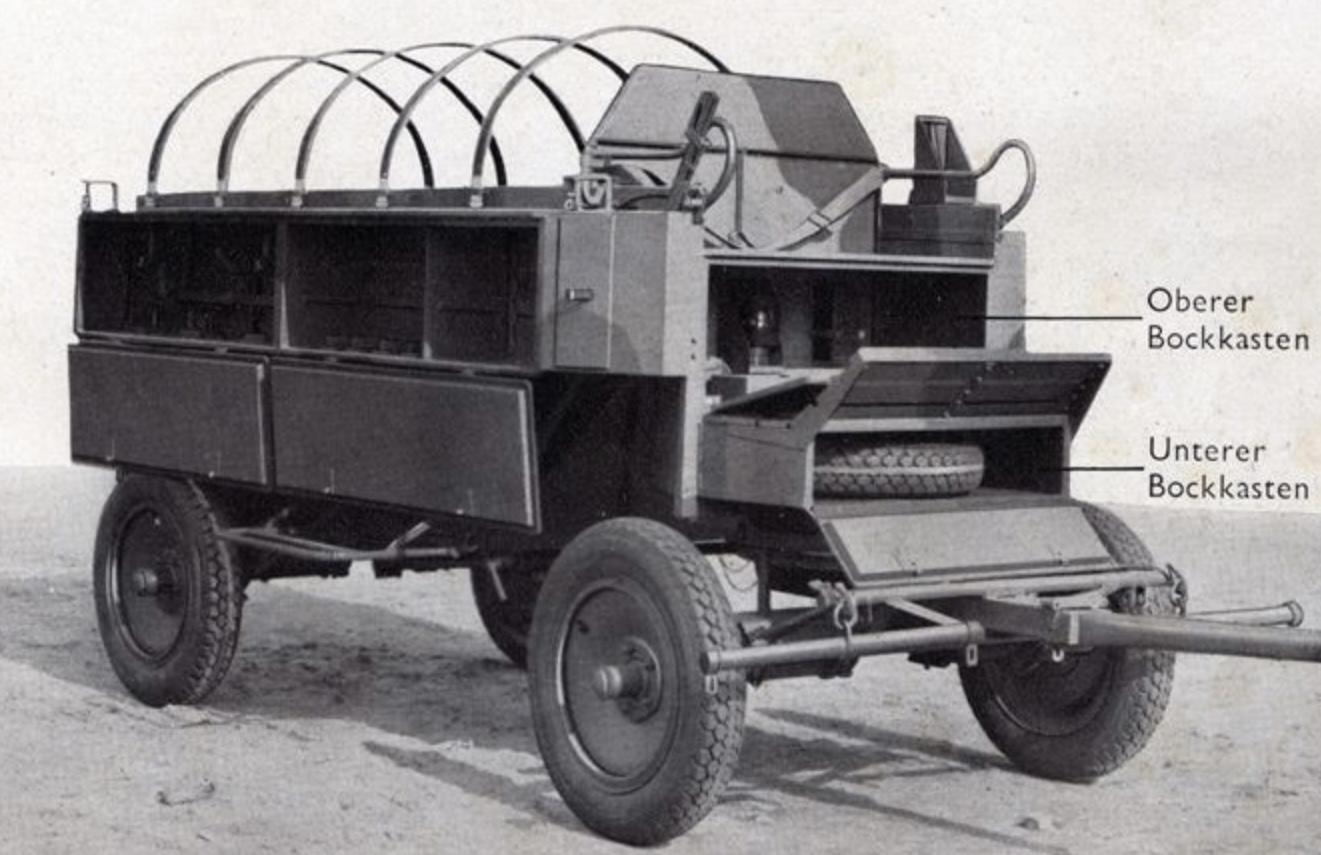
HF7 Stahlwagen
In the 1930s, the German Wehrmacht began a major effort to modernize its military transport systems. One of the areas they focused on was the traditional wooden supply wagon, which had been in use since the late 19th century. While effective in certain conditions, these wagons were heavy, prone to weather damage, and lacked the structural durability needed for the evolving demands of mechanized warfare. The solution was to design a new generation of military trailers made from steel, more robust and adaptable, capable of being drawn by both horses and motorized vehicles. Among these new designs was the Stahlfeldwagen Hf.7.
The Hf.7, or Heeresfahrzeug 7, was a steel field wagon designed to serve a wide variety of roles in the field—from transporting ammunition and weapons to carrying medical equipment and general supplies. Its all-steel construction marked a significant departure from the wooden wagons that preceded it. The new design allowed for greater durability, better protection for its contents, and a more standardized production process. Its weight and capacity made it ideal for carrying heavier loads, and its design featured pneumatic tires and a reinforced suspension system to handle tough terrain.
Unlike earlier wagons, the Hf.7 was intended to be versatile. It could be pulled by a two-horse team in standard configuration, or towed by a motor vehicle using an attachable drawbar. This dual-mode capability was seen as a major advantage in a military increasingly dependent on both traditional and mechanized logistics. The wagon body itself was large and boxy, with a steel frame and removable side panels that made loading and unloading easier. With a gross weight approaching 2.7 tons when fully loaded, it was a powerful tool in terms of carrying capacity, but that same weight also proved to be one of its biggest flaws.
Several German manufacturers were contracted to build the Hf.7, including companies experienced in vehicle and wagon production. While the exact number of wagons produced remains uncertain due to incomplete wartime records, the Hf.7 was manufactured in significant quantities and became a standard piece of equipment across many divisions of the German Army.
The wagon was deployed in a number of configurations depending on its role. Some were outfitted specifically for ammunition transport, others for medical use, and some were designed as general-purpose support vehicles for infantry units. A specialized version known as the Großer Gefechtswagen was assigned to infantry companies to carry light weapons and critical field equipment. These wagons were issued according to standardized Army strength and equipment tables, ensuring uniform distribution across units.
Despite its intended benefits, the Hf.7 quickly gained a poor reputation among troops and logisticians alike. The main problem was its weight. While it was designed to be pulled by two horses, in practice, the load proved too heavy for only two animals, especially in muddy or snowy terrain. This earned the wagon the grim nickname “horse murderer.” In many cases, four to six horses were required to pull a fully loaded Hf.7 through difficult terrain, especially on the Eastern Front, where road conditions were often poor or nonexistent. The weight also made the wagon harder to maneuver and slower to deploy in combat zones compared to lighter, simpler designs.
Because of these limitations, some units modified the way they used the Hf.7. In better conditions, it was often towed by trucks or tractors, especially where roads permitted. In other cases, the wagon’s use was supplemented or replaced by lighter local transport solutions, such as sleds or locally built wooden carts better suited for specific environments.
Nevertheless, the Hf.7 remained in use throughout the war. Despite its drawbacks, it was rugged, and its steel construction made it resistant to damage from rough handling and weather. It continued to be issued to infantry and supply units until the end of hostilities in 1945. In some cases, captured wagons were even repurposed by Allied forces for their own logistical needs after the war.

